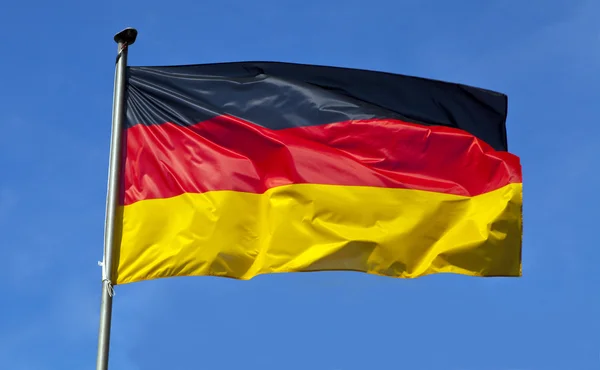German Inflation Drops To Its Lowest Level Since June 2021

Image Source: DepositPhotos
The drop in German inflation will fuel speculation about an early ECB rate cut, but underneath a favourable headline number, there are still plenty of price pressures to worry about.
According to the just-released flash estimate, German inflation has dropped significantly again, with the January headline number coming in at 2.9% year-on-year, from 3.7% YoY in December. It's the lowest level since June 2021. The European inflation measure came in at 3.1% YoY from 3.8% in December.
Remember that the main differences between the national and the European inflation measures are differing weights for individual consumer goods as well as the fact that the national measure includes prices for gambling and owner-occupied housing.
It's again all about the base
Today’s drop in headline inflation is mainly the result of favourable energy base effects. Inflation excluding energy remained almost stable. The energy base effects more than offset the impact of the return of the limited VAT of 7% to the normal 19% for restaurant services. However, these favourable base effects mask a more worrying trend of monthly price increases. In fact, the monthly increase in consumer prices was actually higher than previously in the month of January; the prices for goods and food particularly accelerated.
Two opposing trends will shape the 2024 inflation picture
In the coming months, inflation developments will be determined by two opposing trends: more disinflation and potentially even deflation as a result of weaker demand, but also new inflationary pressures due to less favourable base effects, new inflationary pressure as a result of the tensions in the Red Sea as well as government interventions and austerity measures.
Let’s not forget that not all of the announced austerity measures in Germany have actually been implemented. As a result, we expect German inflation to continue hovering around 3% YoY in 2024, with risks clearly tilted to the upside.
Earlier rate cut discussion will be fueled but we stick to our call of a first cut in June
Today’s German inflation data brings some relief for the ECB, at least at first glance. Whether it stop the recent cacophonies of national central bankers commenting on the timing of future rate cuts remains far from certain. In fact, next to the quiet period ahead of policy meetings, the ECB might want to consider introducing a post-meeting quiet period. The recent wave of official statements reminds us of the unpleasant old days when there was so much divergence within the Governing Council that some members even gave statement shortly after the official press conference. We sometimes wonder whether central bankers should really try to give any forward guidance that goes beyond the next meeting, other than being more explicit on the central bank’s reaction function.
At first glance the drop in headline inflation, not only in Germany but also in France, could give rise to further speculations about an ECB rate cut already in Spring. However, we doubt that the ECB will be fooled by this drop in headline inflation. The monthly increase and still high underlying inflationary pressure clearly argue against too premature rate cuts.
Instead, we continue expecting the ECB to start cutting rates in June. Why? First of all, even if actual GDP growth continues to come in lower than what the ECB had expected, as long as the eurozone remains in de facto stagnation mode and doesn’t slide into a more severe recession, and as long as the ECB continues to predict a return to potential growth rates one or two quarters later, there is no reason for the ECB to react to more sluggish growth with imminent rate cuts. Secondly, the job of bringing inflation back to target is not done yet. As long as actual inflation remains closer to 3% than 2%, the ECB will not look into possible rate cuts. Finally, most ECB officials don’t get tired in emphasizing the role of wage developments for future rate decisions. Even if the relationship between wages and inflation is not straight-forward or mechanic, the ECB simply needs for more data to make up its mind. The only scenario in which an April cut could suddenly emerge would be lower energy price futures, pushing down the ECB’s model-based inflation forecasts for 2025, lower-than-expected headline inflation in February and March and more severe growth disappointments.
The best thing the ECB can do is not to give any new forward guidance but to stick to pure data-dependency. Today's inflation data will further fuel speculations about an earlier rate cut but we think that the ECB will not be fooled by base effects.
More By This Author:
National Bank Of Hungary Review: Maintaining Control
Slow Turnaround In Polish Economy In 2023
FX Daily: US Data Does The Talking
Disclaimer: This publication has been prepared by ING solely for information purposes irrespective of a particular user's means, financial situation or investment objectives. The information ...
more


